What you Need to Know About Electrocardiogram
 Apr 12,2025
Apr 12,2025

 Uryn
Uryn
What is an electrocardiogram?
An electrocardiogram (ECG) is one of the important instruments for detecting human health and life safety. It can collect the electrical activity of the heart and provide important information for doctors to diagnose heart-related diseases. ECG readings can reveal the health of the heart and help doctors detect arrhythmias, heart disease, myocardial infarction, etc.
What parts does an ECG system contain?
A complete ECG system usually consists of the following main components:
- Patient monitor: This is an instrument, such as a computer or monitor, that analyzes the electrical signals of the heart and displays or prints them out in a graphical manner. These graphs can depict changes in heart activity and help doctors make a diagnosis.
- Electrodes: In order to collect electrical signals, we need to use electrodes. Electrodes are conductive pads that can be attached to the skin and can detect the current emitted by the heart. The quality and position of the electrodes are key to the accuracy of the detection, so when installing the electrodes, medical staff must be extra careful and adjust them according to the patient's physical condition.
- ECG wire: One end is connected to the heart electrode, and the other end is connected to the main cable or directly to the monitor, responsible for transmitting information. These wires must have good conductivity to ensure that the signal is not interfered by impedance.
- Main cable: The main cable is the channel connecting the monitor and the ECG wire. It is usually a line connected to the connector, responsible for transmitting data to the transmitter for analysis.
- Adapter: Mainly used to solve compatibility problems. When the wire cannot be used on the device, we can use the adapter to solve this problem and ensure smooth connection between different devices.
But this does not mean that the patient will discard the ECG wire after using it only once. Generally speaking, compatible transient wires are suitable for all standard hospital equipment. Therefore, the patient will use the same wire to connect different instruments during hospitalization and will no longer use it after discharge.
Reusable products: These products can be used between different patients after disinfection and cleaning. Using reusable wires can reduce the operating costs of the hospital, but it must be ensured that they are thoroughly cleaned before each use and cross infection is avoided.
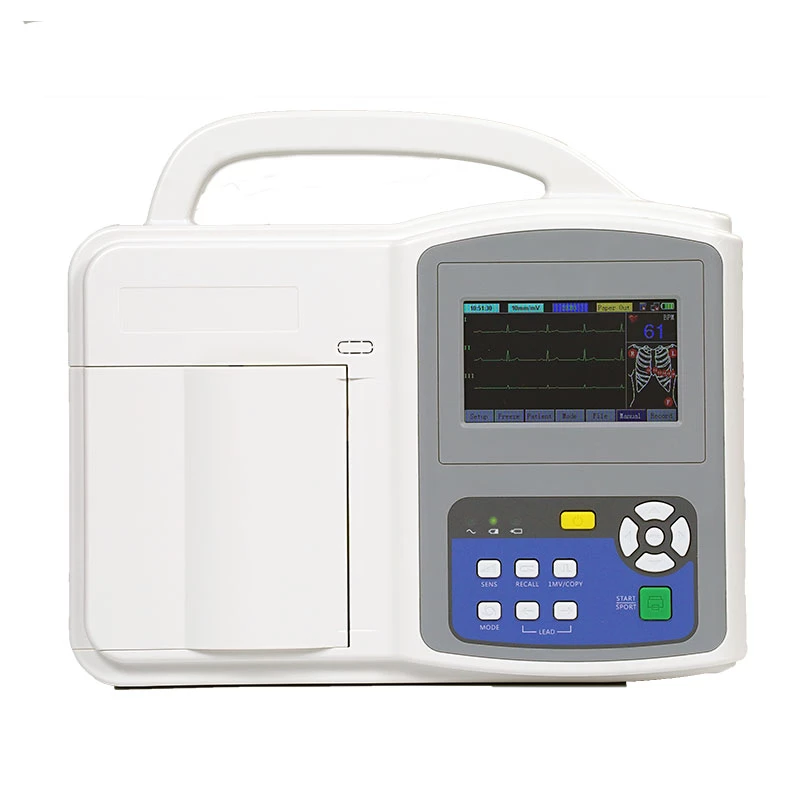
Commonly used ECG leads
ECG leads are usually divided into 3 leads, 5 leads and 12 leads. Simply put, 3 leads can only monitor 3 sets of information, while 12 leads can monitor 12 sets of information. The more data collected, the more comprehensive the information, and the more it can help doctors make accurate diagnoses. For example, a 12-lead ECG can provide more detailed information about the heart's electrical activity, which is essential for diagnosing complex heart diseases. When using a portable ECG monitor at home, the leads usually used are transparent due to operational needs.
As an important diagnostic tool, the ECG undoubtedly occupies a vital position in modern medicine. Through simple non-invasive examinations, doctors can quickly obtain key information about heart health and formulate corresponding treatment plans based on the results. With the development of science and technology, ECG technology will become more intelligent and popular in the future, allowing more people to benefit from this important medical examination. I hope this article can help readers better understand the principles and applications of ECG and have a deeper understanding of its importance.

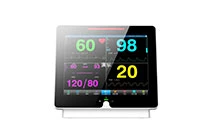

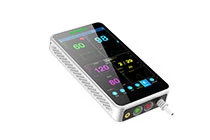
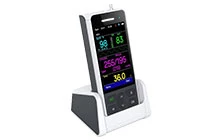
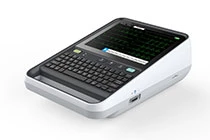
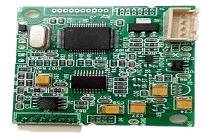




 Home
Home The RN S12 Multi-Parameter Patient Monitor – Revolutionizing Patient Care in Hospitals and Homes
The RN S12 Multi-Parameter Patient Monitor – Revolutionizing Patient Care in Hospitals and Homes  You May Also Like
You May Also Like

 Tel
Tel
 Email
Email
 Address
Address












